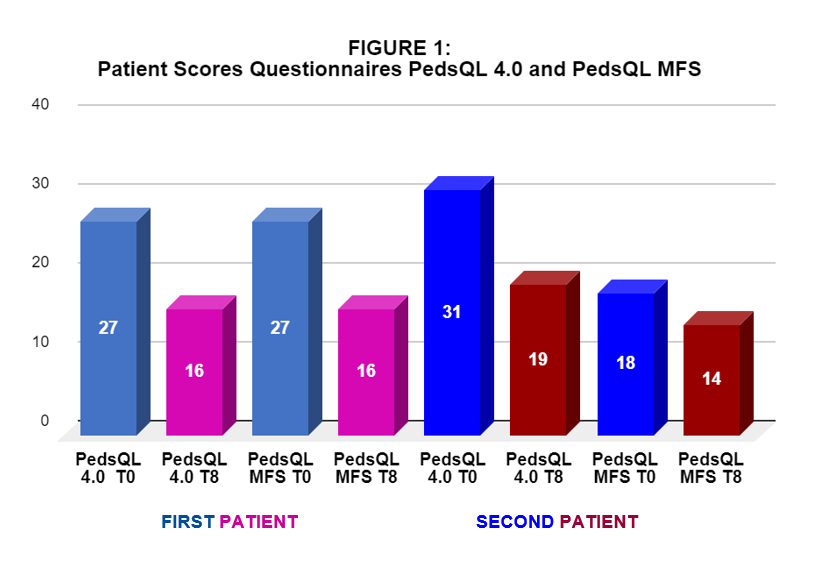Elena Gasbarri (ISPRO (Institute for Study, Prevention and Oncology Network), Florence, Italy)
Margherita Cerboneschi (Rehabilitation Unit, Meyer Children’s Hospital IRCCS, Florence, Italy)
Marta Cervo (Rehabilitation Unit, Meyer Children’s Hospital IRCCS, Florence, Italy)
Diletta Innocenti (Rehabilitation Unit, Meyer Children’s Hospital IRCCS, Florence, Italy)
Pediatric tumors are rare but are an important cause of morbidity and mortality for people under 15 years old. The most common ones include leukemias (ALL) (1).
The treatment for ALL lasts about two years and usually consists of induction, consolidation and maintenance therapy (1, 2).
Side effects may well present months after the end of the treatment. The most common ones during the medical treatment are weakness, motor and sensory disorders, balance problems, reduced cardiorespiratory fitness, fatigue, anxiety, reduced motor and physical performance, social isolation, deterioration in quality of life (3).
Studies support the need for further research to investigate the benefits of motor activity in adolescents affected by tumors, through more consistent and specific studies in terms of age, disease and kind of training, and with higher methodological quality (4).
The primary aim of this non-profit pilot study, is to compare the change in the global quality of life in adolescents affected by ALL after a personalized 8-week remote motor rehabilitation program, carried out with the software Physiotools Trainer and evaluated with the questionnaire PedsQL 4.0.
The secondary aims include:
An evaluation was made before the physical training (T0) and then after 8 weeks (T8). The 8-week training was made of aerobic/anaerobic part and muscle-strengthening part appropriate for every patient (5).
The criteria for inclusion was adolescent (11-18yo), with ALL in maintenance/off therapy phase.
3 patients enrolled in the study, 2 of which completed the 8-week remote rehabilitation training. Table 1 shows the main characteristics of both participants.
Both the patient showed improvement in the questionnaires (PedsQL) (figure 1).
Modified shuttle walking test scores improved:
– As for the first patient from 77% (T0) to 94.5% (T8) compared to predicted;
– As for the second from 70% (T0) to 78% (T8) compared to predicted.
FAAP-O score non change from T0 to T8.
The study will be going on until May 2025 so the conclusions are incomplete and the preliminary results are limited. The current results shows an improvement in the quality of life, a reduction of fatigue and more resistance to physical exercise. More results will be available in the next months.

